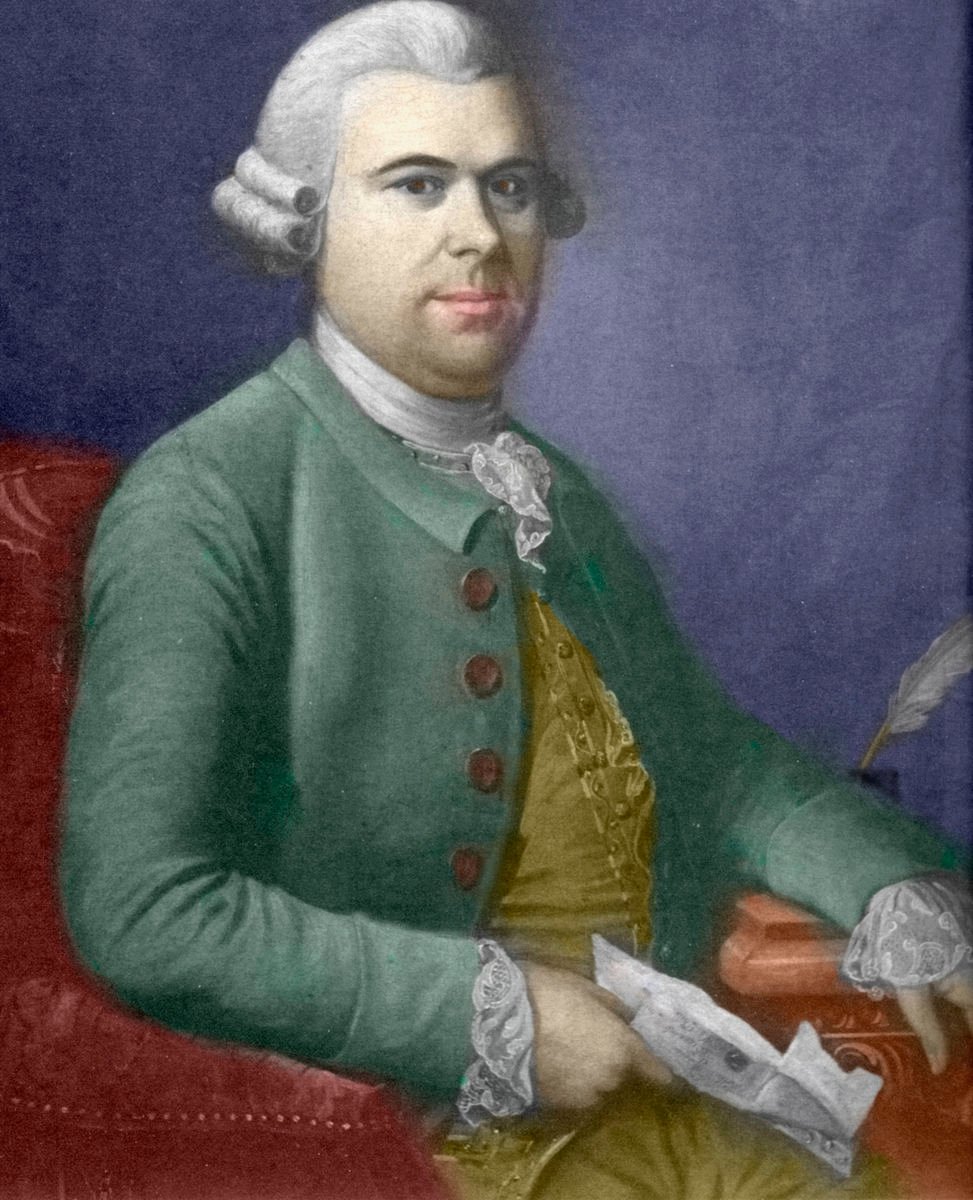Guinness: the iconic black pint with the creamy white clerical collar and a flash of ruby in its depths. Who doesn't know it? Who hasn't drunk it?
But while Guinness is one of the most-drunk beer brands worldwide, half the world knows a very different kind of Guinness to the drink the other half swallows. In Ireland, the drink's original home, North America and Europe, Guinness Draft—which celebrates its 60th anniversary this year—is the familiar friend to lovers of creamy stout. Served in a pint glass, with its initial surge of bubbles that gradually settle out into the familiar deep, dark color and blond head. Upon sipping, a creamy texture and velvety mouthfeel approach the drinker and just the right amount of sweetness appears alongside a caramel-tinged flavor that fans of this famed beer have enjoyed for generations.
In Africa and Asia, drinkers are much more familiar with an older style of Guinness beer, known as Foreign Extra Stout, or FES, which comes in bottles, is almost twice as strong as draft Guinness and has a powerful, tart flavor that’s surprisingly refreshing in a hot climate.
The story of Guinness is the tale of how one small and run-down brewhouse on a street lined with other breweries grew into what became, for a long time, the world's largest brewery thanks to catchy marketing slogans, new innovations and the "magic of Guinness".
Many drinkers know that Arthur Guinness, the founder of the company, acquired the brewery at St James's Gate in Dublin, Ireland in 1759, when he was 35. But the St James's Gate brewery goes back almost a century before that. Its first known occupant was Giles Mee, who was paying hearth tax on a property at St James's Gate in 1663 and was brewing on location by 1670.

Arthur Guinness acquired the brewery at St. James's Gate in 1759 and was likely brewing his famed porter a few years later.
The brewery at St James's Gate passed to Mee's son-in-law, Mark Rainsford, and then to a Huguenot family of French settlers called Espinasse. But in 1750 the then owner, John Espinasse, was thrown from his horse near Drogheda, some 30 miles north of Dublin, and—depending on which newspaper report you read—either fractured his skull or dislocated his neck, dying immediately.